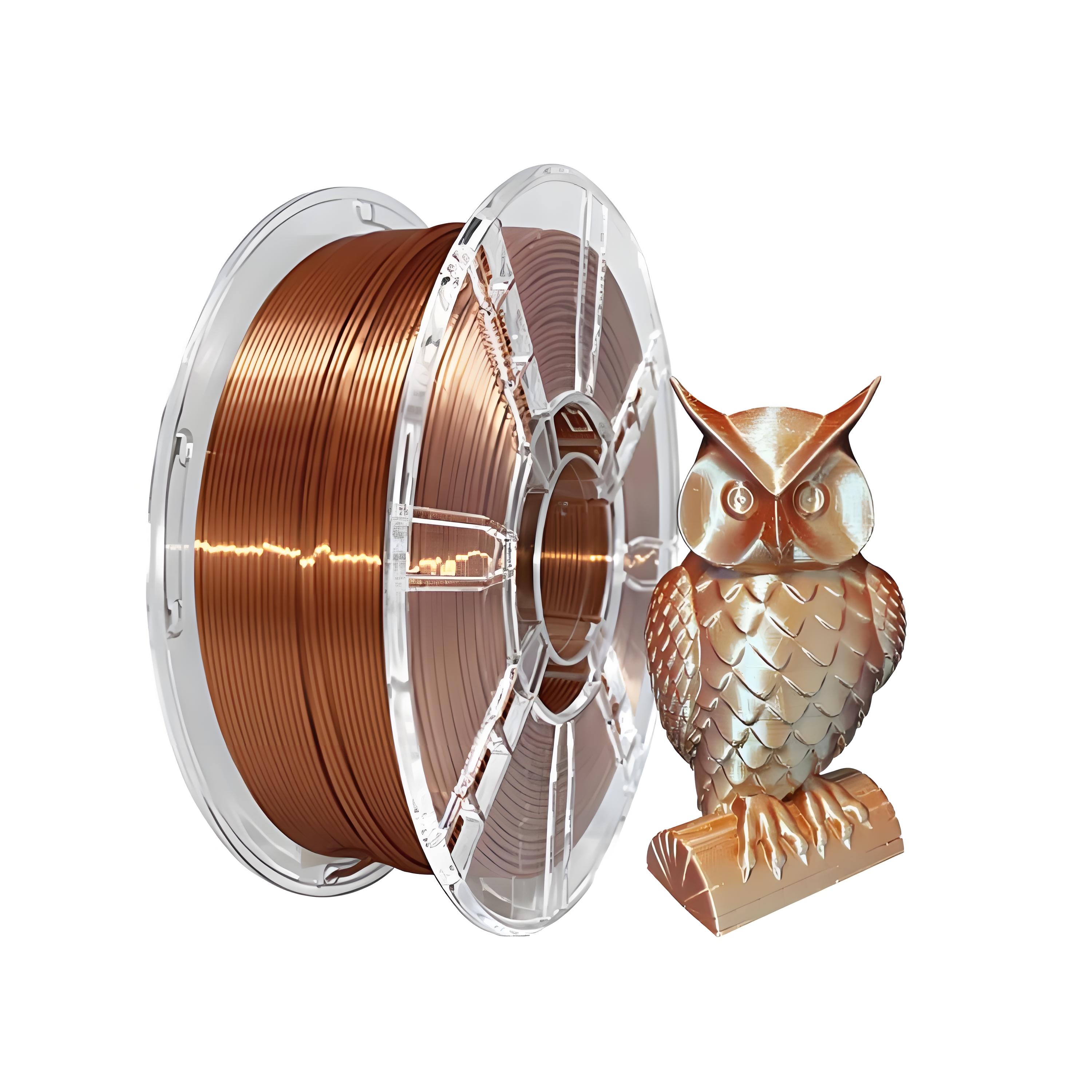TPU (Thermoplastic Polyurethane) filament revolutionizes 3D printing with its unique flexibility, combining rubber-like elasticity with plastic’s processability. As a thermoplastic elastomer, it bridges rigid materials like PLA and soft rubbers, offering adjustable hardness (measured in Shore A durometers, typically 60–95A) to suit diverse applications.
TPU’s standout trait is its **elasticity**. Unlike rigid filaments, printed TPU parts bend, stretch, and return to shape, making them ideal for shock absorbers, gaskets, phone cases, or flexible prototypes. Its durability matches its flexibility—resistant to abrasion, oils, and impact, ensuring longevity in functional use.
Printability varies by hardness; softer TPUs (60–85A) require more care, while firmer grades (90–95A) print similarly to PETG. It works with standard 3D printers but benefits from direct-drive extruders to handle its flexibility without jamming. Printing temperatures range from 210–230°C, with heated beds at 40–60°C to aid adhesion. Retraction settings need calibration to prevent stringing, but overall, it’s more forgiving than expected for a flexible material.
TPU’s versatility spans industries. In robotics, it creates grippers and soft actuators; in fashion, custom insoles or jewelry; in DIY projects, waterproof seals or tool handles. Its chemical resistance makes it suitable for contact with water and mild solvents, expanding use cases for containers or hoses.
Post-processing is straightforward: TPU can be cut, glued, or even welded with heat. While it doesn’t sand as smoothly as rigid plastics, its natural texture often suffices for functional parts. It also comes in various colors and finishes, including transparent options for specialized designs.
Considerations include hygroscopicity—TPU absorbs moisture, causing bubbling during printing. Storing in airtight containers with desiccants and drying (4–6 hours at 60°C) is essential. It also prints slower than rigid filaments to ensure layer adhesion, requiring patience for complex models.
In summary, TPU filament unlocks flexible 3D printing possibilities, blending elasticity, durability, and adaptability. From functional components to creative designs, its ability to combine rubber-like performance with 3D printing’s precision makes it indispensable for innovators seeking to go beyond rigid materials.



